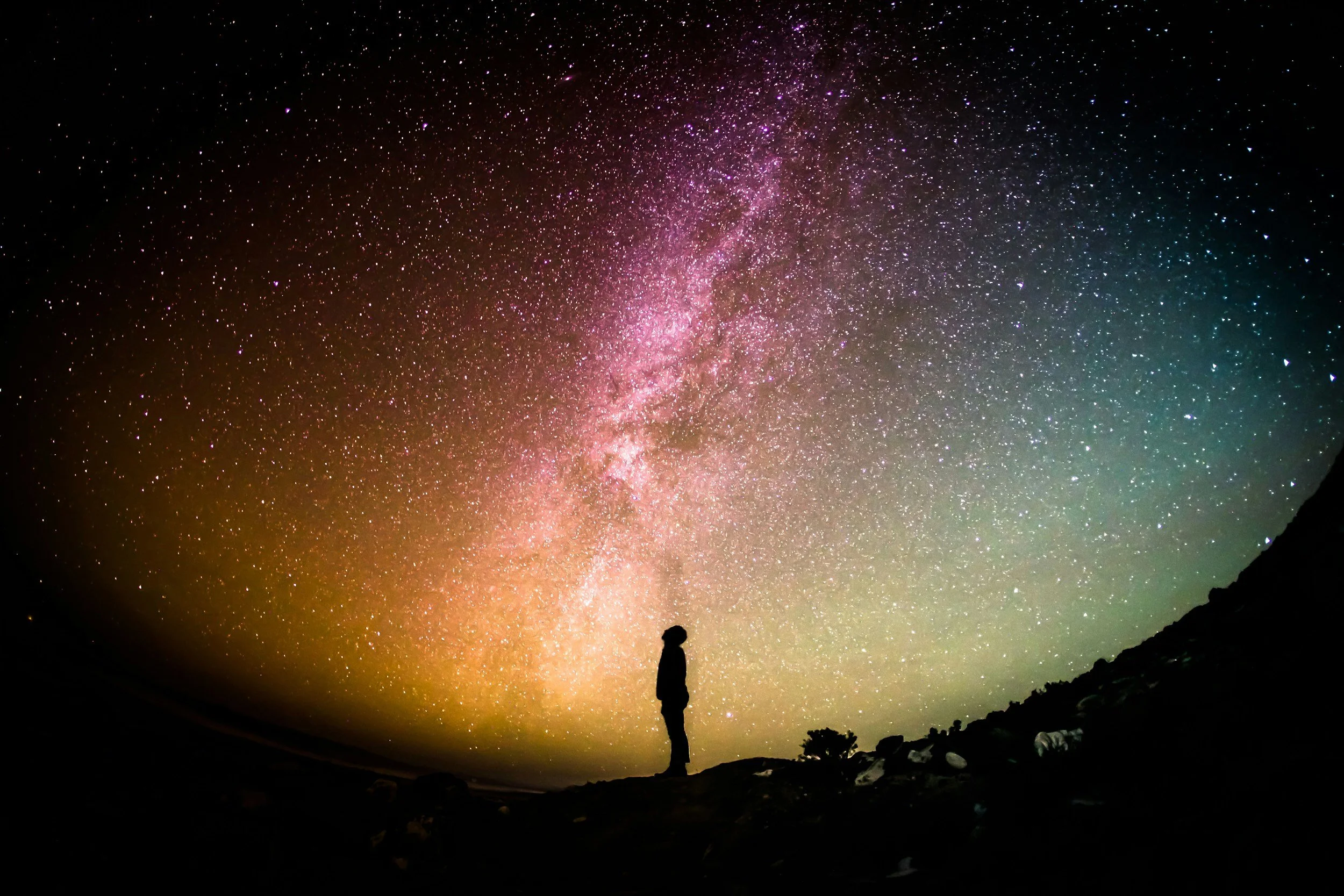Art creates melodies that run through our minds when we wake up. It creates images that we dream about. It creates imaginary worlds that we see our own existence through. Art haunts our world with another.
That’s why it is so powerful. It gets beyond our rational defenses. It gets seeded deep into our imaginations. There is almost breeds without our permission. It clones and spreads and before we know it there is a mutiny.
Why is this melody stuck in my head? Why am I so drawn to this or that movie? What about this picture is so compelling? We don’t even know. Our rational mind can not figure it out. It’s because someone else is in charge for the moment.
That someone else is the imagination. The imagination, fueled with the great art, is given a certain power to take off and run with things. This may be scary, but we can trust the imagination, even though it does not seek our permission.
The imagination is our ability to dream about a world that could be. It helps us remove barriers that are not really there. It helps us to see an enduring world that actually is, somewhere, just not yet. Imagination inspires vision.
Without it we are restricted to what is. We are forced into a limitation that is self-imposed, but carries the weight of universal banishment. We see something as impossible. It is. We must strategically fight this false impulse.
Imagination always believes. It endures the insults expected for one who sees what others do not. It literally is that: seeing a world that is not yet. It is not science fiction as much as vision, or the ability to see into the future.
Ok, imagination is basically time travel to a preferred future. It is the catalyst to a road there that otherwise would not exist. We don’t create that road, we discover it, but only as we allow ourselves to see that future end. See it!
Of course it is possible that our imagination gets out of line, so out of touch with life that it becomes a distortion of reality. But that is not really imagination at that point, it is fantasy, specifically escapism. It is avoidance of reality.
True imagination is not the ignorance of reality, it is the full acceptance of it and through it. It is seeing a life possible within and without it. It is life fully realized, current reality fully redeemed. It is everything we think that life can become.
Some will certainly see it as wishful thinking. They would be wrong. That is something entirely different. At best, it is imagination that is completely lazy. More accurately it is the lack of thinking, or at least the lack of imagination.
Pure imagination is beautiful, a ride into the truest forms of reality. Real stuff. Stuff that has been created. It came from imagination. We came from imagination. Life has always come from imagination. It is a beautiful gift of God.

